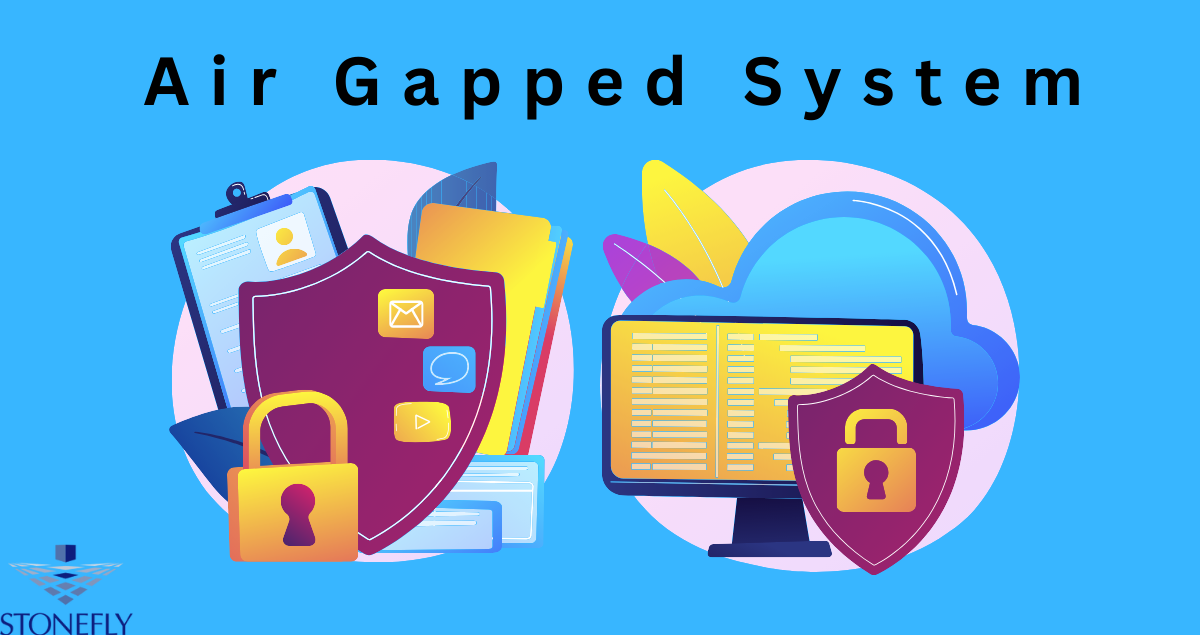Employee engagement surveys are essential tools for understanding workforce sentiment, identifying areas for improvement, and fostering a positive workplace culture. In 2024, the process of conducting these surveys has become more streamlined and effective, thanks to advanced employee engagement survey tools like CultureMonkey. This blog provides a comprehensive step-by-step guide to conducting employee engagement surveys, ensuring you gather valuable insights and drive meaningful organizational change.
Step 1: Define Objectives and Goals
Before launching an employee engagement survey, it’s crucial to define the objectives and goals. Understanding what you want to achieve will guide the entire survey process.
Key Actions:
- Identify Key Areas: Determine the specific areas you want to explore, such as job satisfaction, work-life balance, management effectiveness, and company culture.
- Set Clear Goals: Define what you hope to achieve from the survey. This could include improving employee retention, enhancing productivity, or identifying training needs.
Step 2: Choose the Right Survey Tool
Selecting the right survey tool is fundamental to the success of your employee engagement survey. A tool like CultureMonkey offers robust features, real-time analytics, and customization options.
Key Actions:
- Evaluate Features: Look for features such as customizable templates, anonymity guarantees, real-time analytics, and integration capabilities.
- Consider Ease of Use: Ensure the tool is user-friendly for both administrators and employees to encourage higher participation rates.
Step 3: Design the Survey
Designing the survey involves creating questions that will elicit meaningful feedback. The questions should be clear, concise, and relevant to the objectives.
Key Actions:
- Use a Mix of Question Types: Include a variety of question types, such as multiple-choice, rating scales, and open-ended questions.
- Ensure Clarity: Make sure each question is easy to understand and avoids any ambiguity.
- Keep it Concise: Aim for a survey that is comprehensive yet not too long to avoid survey fatigue.
Step 4: Communicate the Survey
Effective communication about the survey is critical to encourage participation and ensure employees understand the importance of their feedback.
Key Actions:
- Inform Employees: Send out an announcement explaining the purpose of the survey, how their feedback will be used, and the importance of their participation.
- Assure Anonymity: Emphasize that the survey responses will be anonymous to encourage honest and open feedback.
- Provide Instructions: Clearly explain how to access and complete the survey.
Step 5: Launch the Survey
Once the survey is designed and communicated, it’s time to launch it. Make sure to monitor the process and provide support if needed.
Key Actions:
- Set a Launch Date: Choose an optimal time to launch the survey, avoiding peak work periods.
- Monitor Participation: Keep track of response rates and send reminders to encourage participation.
- Provide Support: Be available to assist employees with any issues they may encounter while completing the survey.
Step 6: Analyze the Results
After the survey closes, analyze the results to identify trends, strengths, and areas for improvement. The analysis should be thorough and objective.
Key Actions:
- Use Analytical Tools: Utilize the analytical capabilities of your survey tool to generate reports and visualize the data.
- Look for Patterns: Identify common themes and patterns in the responses that indicate key areas of concern or satisfaction.
- Compare with Benchmarks: If possible, compare your results with industry benchmarks to gauge your organization’s performance.
Step 7: Share the Findings
Transparency is crucial in the survey process. Sharing the findings with employees helps build trust and shows that their feedback is valued.
Key Actions:
- Prepare a Summary: Create a summary report highlighting the key findings and insights from the survey.
- Communicate with Employees: Share the summary with employees through meetings, emails, or internal platforms. Ensure the communication is clear and accessible.
- Highlight Key Areas: Emphasize the areas that will be addressed based on the feedback received.
Step 8: Develop an Action Plan
Using the insights gained from the survey, develop a comprehensive action plan to address the identified issues and enhance employee engagement.
Key Actions:
- Set Priorities: Identify the most critical areas that need immediate attention.
- Define Actions: Outline specific actions and initiatives that will address the identified issues.
- Assign Responsibilities: Allocate responsibilities to appropriate team members or departments to ensure accountability.
Step 9: Implement Changes
Once the action plan is developed, it’s time to implement the changes. This step requires careful planning and execution to ensure effective outcomes.
Key Actions:
- Communicate Plans: Inform employees about the planned changes and how they will benefit from them.
- Roll Out Initiatives: Gradually implement the changes, ensuring that each initiative is well-executed and supported.
- Provide Training: Offer necessary training and resources to employees to help them adapt to new processes or systems.
Step 10: Monitor Progress and Follow-Up
Monitoring the progress of the implemented changes and conducting follow-up surveys are essential to assess the effectiveness of the initiatives.
Key Actions:
- Track Progress: Regularly monitor the implementation of the action plan and track key metrics to measure progress.
- Conduct Follow-Up Surveys: Periodically conduct follow-up surveys to gauge the impact of the changes and gather additional feedback.
- Adjust Strategies: Based on the follow-up survey results, adjust strategies and initiatives to ensure continuous improvement.
Conclusion
Conducting employee engagement surveys is a powerful strategy for understanding and improving employee sentiment. By following these steps and utilizing advanced tools like CultureMonkey, small businesses can gather valuable insights, foster a positive workplace culture, and drive organizational success. In 2024, the emphasis on employee engagement is more significant than ever, and leveraging these surveys effectively can lead to a more motivated, productive, and loyal workforce. Invest in a comprehensive survey process today and watch your organization thrive in the dynamic business landscape of 2024.





